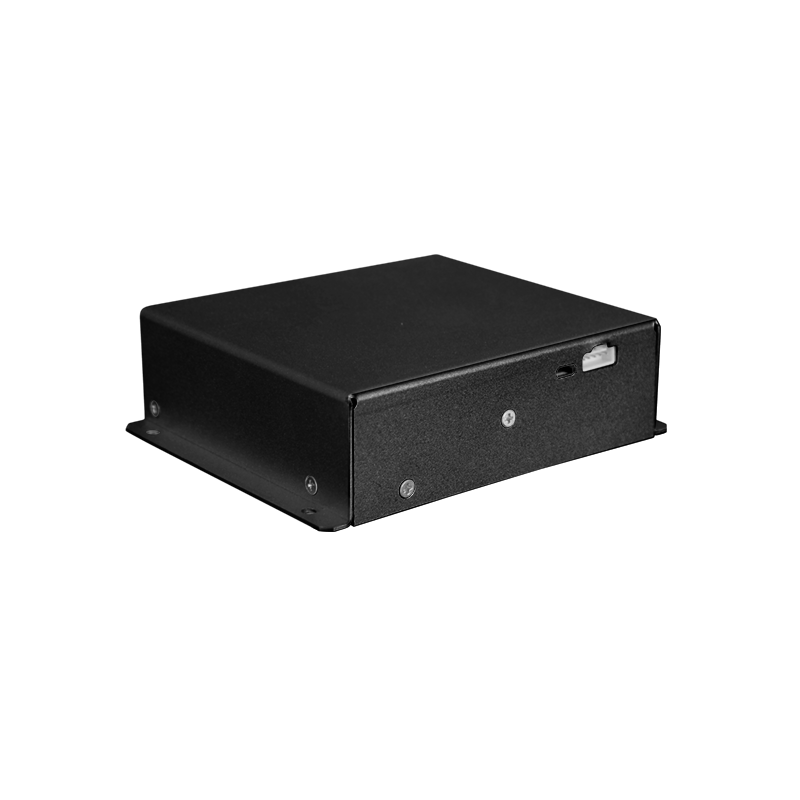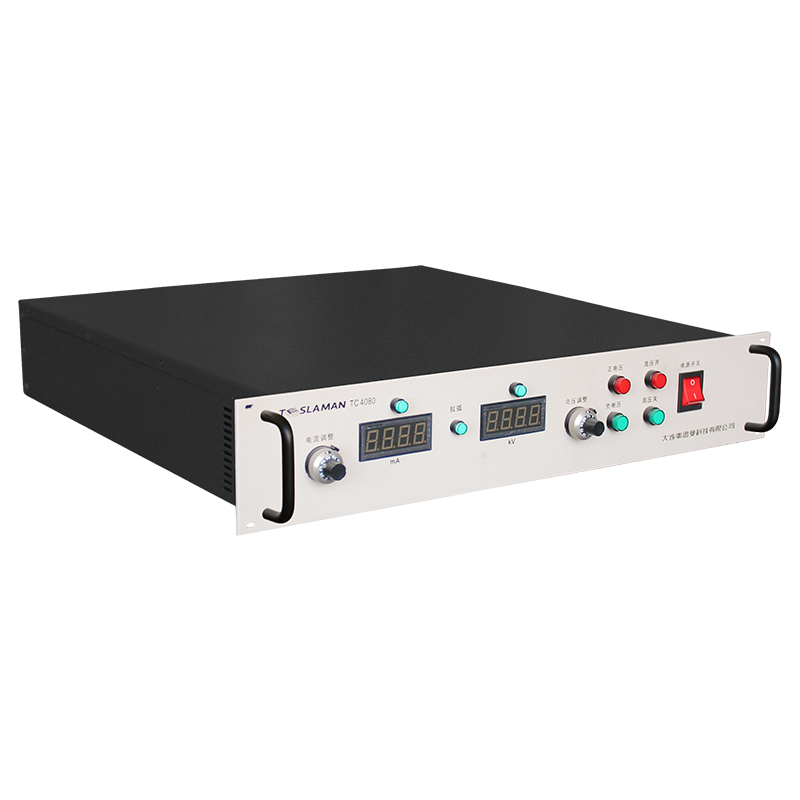High-Voltage Power Supplies Supporting Precision Processing in Ion Beam Etching
Ion beam etching systems rely heavily on high-voltage power supplies to achieve precise energy control, stable ion trajectories, and uniform material removal at the nanometer scale. Because ion beam etching demands consistent ion acceleration, beam collimation, and substrate charging mitigation, the associated high-voltage architecture must deliver highly stable output under vacuum conditions, magnetic field interference, and variable plasma impedance. The sophistication of these power systems determines the achievable critical dimensions, profile fidelity, and uniformity essential for advanced integrated circuit and photonic device fabrication.The basic function of the high-voltage supply in an ion beam etcher is to generate the acceleration potential that determines ion energy. Any fluctuation in this potential directly affects etch rate, material selectivity, and the risk of substrate damage. To maintain stable ion energy, the power supply must produce extremely low ripple and noise, often below tens of millivolts despite operating at kilovolt levels. Achieving this begins with selecting a topology optimized for high-precision DC generation. Resonant converters with multi-stage regulation, cascaded high-voltage multipliers, and low-impedance output networks form the core of modern designs. These architectures minimize switching ripple, reduce electromagnetic interference, and ensure consistent output impedance even under dynamic plasma load transitions.Ion beam subsystems also depend on auxiliary high-voltage rails powering neutralizers, filament assemblies, extraction grids, and beam-steering electrodes. Each of these elements requires independent regulation, fast transient response, and isolation. Extraction grid supplies are particularly demanding because grid voltage uniformity controls beam divergence and angular distribution. To maintain nanoscale machining accuracy, regulators must detect and correct voltage deviations within microseconds. Multi-loop digital control systems allow simultaneous management of acceleration, extraction, and focusing potentials, ensuring proportional adjustment across all channels.Plasma impedance varies widely during ignition, sustainment, and shutdown. These fluctuations can create voltage droop, overshoot, or ripple if the HV supply lacks robust regulation. Active load-adaptive control mitigates this by continuously measuring plasma characteristics and adjusting output drive accordingly. High-speed sensing circuits monitor current density, potential distribution, and secondary electron emission, enabling the power system to compensate for plasma-induced variations. The design of the output stage focuses on maintaining a stiff voltage characteristic even during sudden changes in ion current.Thermal behavior again plays a critical role. High-voltage transformers, ceramic capacitors, and semiconductor switches face thermal stress during extended etching cycles. Thermal drift in these components impacts output stability and long-term repeatability. High-performance cooling systems, adaptive fan or pump control, and temperature-compensated driver circuits reduce the thermal coefficient of drift. Designers also rely on wide-bandgap semiconductor devices with superior high-temperature properties, such as minimal switching loss and reduced temperature dependence. These switches support higher switching frequency and improved efficiency, allowing more precise control with reduced ripple.Electrode contamination and material sputtering introduce conductive debris, which can alter electric field distribution and cause microdischarges. To maintain high-voltage stability, the insulation system must withstand ion bombardment, metallic deposition, and vacuum ultraviolet radiation. Ceramic-based dielectrics, radiation-hard polymers, and multilayer insulation barriers minimize the risk of breakdown. Field-grading techniques distribute electric field intensity more evenly across critical surfaces, reducing localized stress and preventing early degradation. Insulation structures are validated through vacuum breakdown testing and accelerated aging procedures.Ion beam systems frequently use magnetic fields for beam shaping. These magnetic fields can induce unwanted voltage fluctuation or influence switching behavior in the high-voltage subsystem. To counteract this, magnetic-immune circuit layouts, minimized loop areas, and shielded inductive components are essential. Engineers use simulation tools to model magnetic coupling between the beam path and power electronics, ensuring minimal interference. Non-magnetic materials replace standard components in many high-voltage assemblies to further reduce distortions.Beam stability is also dependent on the consistent operation of neutralizers, often powered by dedicated high-voltage supplies. These devices prevent charge accumulation on the substrate by emitting electrons to counterbalance the ion charge. If the neutralizer supply fails to maintain stable emission, the substrate can develop non-uniform charge, altering etch profiles. The neutralizer supply therefore demands rapid response to changing beam current and must provide clean, ripple-free power to its emission source. Protective circuits regulate emission to avoid thermal or electrical overload.Control strategies form the brain of the power subsystem. Digital control platforms incorporate high-speed sampling, model-predictive algorithms, and real-time compensation strategies. These controls detect non-linear interactions between plasma load and high-voltage output, enabling precise corrective action. Machine-learning-based predictive tuning further enhances long-term stability by analyzing historical etching data, identifying drift trends, and adjusting compensation parameters accordingly.System-level integration ensures coordinated operation of all high-voltage channels. Synchronization between acceleration, extraction, and focusing supplies avoids cross-induced harmonic interference. Designers distribute power across modular units to improve serviceability and reduce downtime. These modules communicate over fiber-based links to eliminate noise injection into control signals. Fault-tolerant design includes redundant paths, fast isolation switches, and programmable protection thresholds, ensuring the etcher continues operating safely during minor disturbances.Real-time monitoring enables predictive maintenance and process optimization. Sensors embedded across the high-voltage network capture voltage, current, temperature, insulation status, and discharge events with high resolution. These data streams feed diagnostic engines that evaluate component health and forecast failure risks. Automated calibration routines periodically adjust reference signals and scaling factors to maintain constant precision.By integrating precise regulation, robust insulation, adaptive control algorithms, thermal management, electromagnetic shielding, and system-level coordination, high-voltage power supplies play an indispensable role in achieving nanoscale precision in ion beam etching. Their ability to provide stable, low-noise, and tightly controlled energy delivery determines the level of accuracy, repeatability, and material quality achievable in modern semiconductor manufacturing.




















